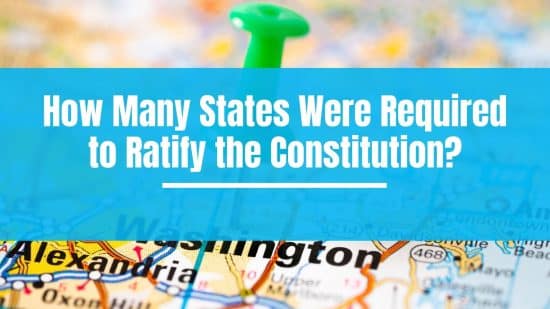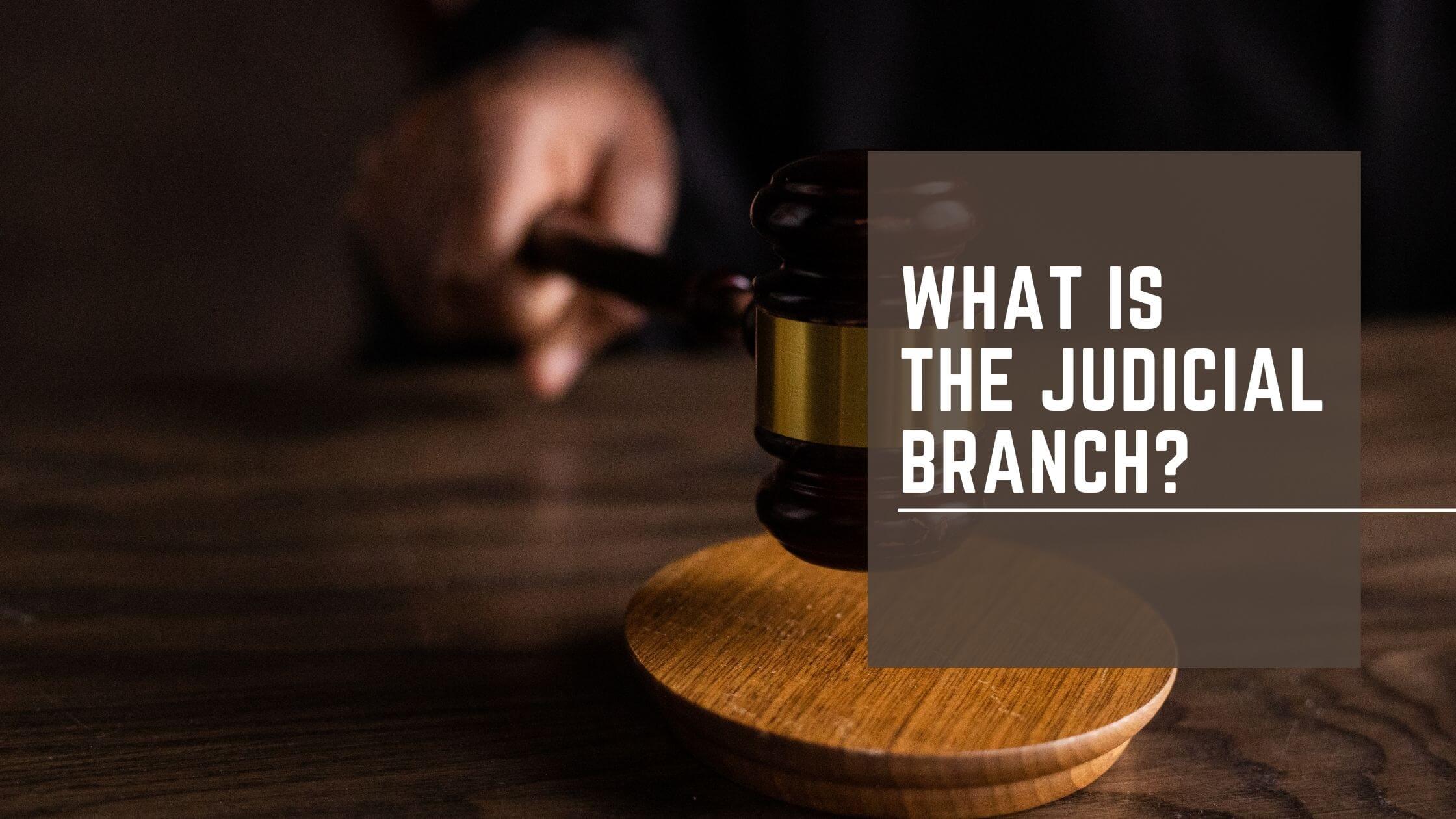The Process for Ratifying the Constitution
While we are all aware of what the United States Constitution is and its overall impact on the country as a whole, considerably fewer people are aware that it was not our first system of government.
The Articles of Confederation preceded the Constitution, but many states realized some of the system’s inherent flaws and sought to fix these. This was done by drafting up the US Constitution on September 17th, 1787.
There was considerable opposition to the Constitution despite it being an objectively superior form of government than the Articles of Confederation and only needing nine of the thirteen states to ratify it. As a result, it took well over 10 months of rigorous and intensive campaigning before it was finally ratified.
Below, we’ll go over much of the opposition surrounding the Constitution’s ratification, as well as which of the nine required states first agreed to its ratification. We’ll also touch on some of the sacrifices and agreements required in order to get everyone’s consensus to have the document fully go through.
Who Opposed the Constitution’s Ratification
Fearing the excessive power taken from the states and given to the federal government, Patrick Henry and many others formed a group known as the Anti-Federalists. These included numerous shopkeepers, landowners, farmers, and laborers that strongly favored the existing structure of states having a bigger say on their overall government.
Compared to the Federalists and those who argued for the Constitution’s ratification, the Anti-Federalists wanted a weaker centralized national government with shorter-term limits for officials, more substantial individual liberties, and accountability of congress members to their populace.

As a result, the Anti-Federalists produced various articles and papers against ratifying the Constitution. Some of these members included the aforementioned Patrick Henry alongside others like Melancton Smith, Robert Yates, Samuel Bryan, Richard Henry Lee, and George Clinton.
They argued that the Constitution, while superior in some areas, would ultimately result in a monarchical president, a potential Congress that would seize too many powers for itself, and that much of the United States federal government’s power would be coming at the expense of the states.
Ultimately, their most powerful and successful argument was the fact that the Constitution lacked any bill of rights, leaving the American people unprotected from a potentially tyrannical national government. This argument, in particular, resulted in numerous parties proposing amendments and eventually the Bill of Rights being drafted.
What Order Did the States Officially Ratify the Constitution?
Because of the many legitimate concerns brought about by the Anti-Federalists, the Federalists and proponents of the Constitution’s ratification agreed to add in a bill of rights. Founding father James Madison introduced twelve amendments in 1789, ten of which were ratified, thus creating the Bill of Rights.

In regards to the Constitution itself, the process took place at the Constitutional Convention of 1787. Many aspects of the Constitution were argued and debated, such as the inclusion of a House of Representatives (also known as The Great Compromise). When it was finally complete, the document was given to the states for ratification.
Ultimately, while there continued to be a back and forth in favor and against the Constitution, on December 7th, 1787, Delaware was the first state to ratify it. From there, Pennsylvania, New Jersey, Georgia, Connecticut, Massachusetts, Maryland, South Carolina, and New Hampshire all signed, officially giving the document enough votes to be ratified. In addition, Virginia, New York, North Carolina, and eventually Rhode Island all agreed to ratify the Constitution.
The Importance of the Bill Of Rights for the Constitution
While it ultimately worked out in the Federalists’ favor, it cannot be overstated just how vitally important it was that the Bill of Rights was included in the Constitution.

Get Smarter on US News, History, and the Constitution
Join the thousands of fellow patriots who rely on our 5-minute newsletter to stay informed on the key events and trends that shaped our nation's past and continue to shape its present.
Many of the Anti-Federalists that resisted the United States Constitution and believed in the Articles included several key states like Massachusetts, New York, and Virginia. Neither North Carolina nor Rhode Island would agree to ratify until well after the new government had already been established. Therefore, it can be assumed that had the Bill of Rights not been included, the Constitution’s ratification would have been at least one vote short of passing.




